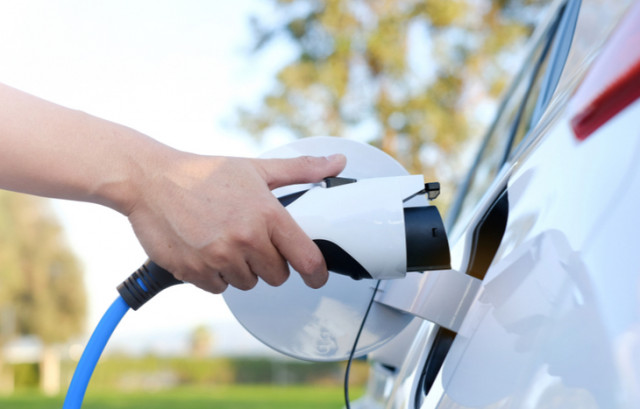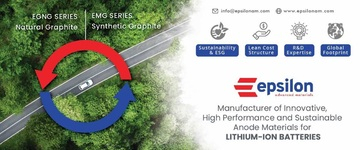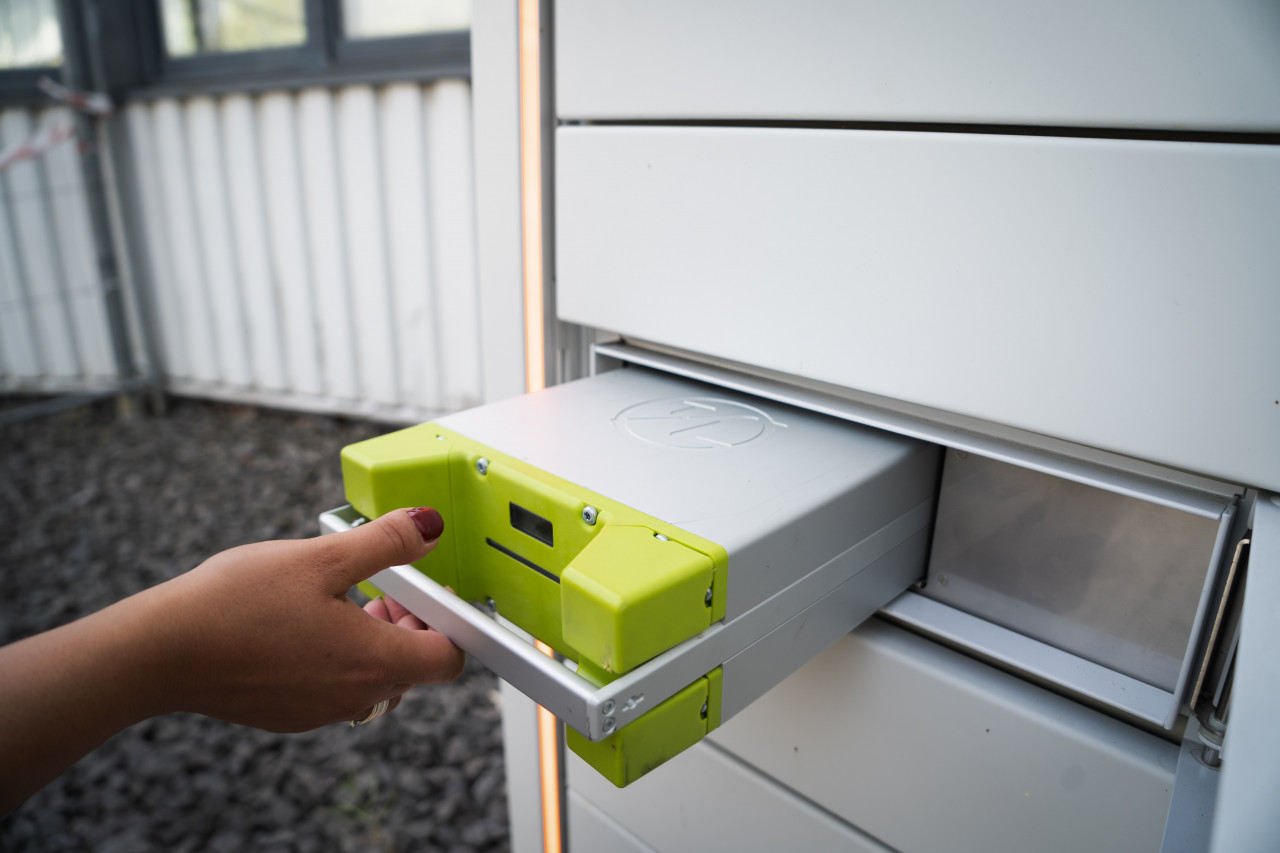Charging safety of EVs: Challenges and key takeaways
This article takes a look at the critical aspects and concerns regarding the charging safety of electric vehicles, which involves a plethora of internal and external hazards faced by the battery packs and charging piles during the recharging process. Also mentioned are the essential focus areas for improvement towards a comprehensive charging safety protection architecture.
With the gradual emergence of electric vehicles as a potent alternative to ICE vehicles in recent times, consumer awareness about EVs and the image or appeal of battery vehicles among end-users is rapidly changing across the globe. Yet, a key impediment to this changing consumer mindset is related to the safety and reliability aspects of battery vehicles.
In particular, the instances of spontaneous battery fires and explosions during the charging of the vehicles and frequent fire accidents at charging stations are seriously questioning the reliability of EVs in the minds of the buyers. Thus, the safety of charging is emerging as one of the prime concerns of the EV industry and is kindling immense interest and R&D among suppliers to further a comprehensive charging safety protection architecture in EVs.
As the battery pack is the heart of an EV, the on-board power systems that supply energy to the battery pack through charging piles, cables, and wiring harness, charging guns, and related components that help the EVs to get charged through the process of 'conduction', becomes as important as the arteries and veins in the human body. Thus, adequate insulation and communication protocols between different components in the power systems are required to keep the charging process smooth and stress-free.
Battery thermal runaways
Although global standards for charging safety protection of EV batteries and charging equipment are already formulated, their compliance remains limited, and charging-related accidents out of a failure in insulation, thermal management, and communication protocols continue to occur. According to experts, battery thermal runaway tops the causes of frequent charging accidents involving EVs, due to the formation of lithium dendrites inside the battery during the charging process in a large number of cases, especially at low temperatures.
The EV industry is working tremendously to avert thermal runaways and improve the charging safety performance of the batteries. One way is by designing the BMS to supervise battery health and charging status in real-time. Another aspect is by establishing effective diagnosis schemes and early warning models by cutting-edge simulation and analysis of failure cases. However, there is still a long way to go, as battery thermal runaways can happen due to a plethora of influencing factors, at times even going beyond the battery chemistry and characteristics to the operational characteristics of the charging facilities.
Short-circuiting of batteries
For instance, short-circuiting of Li-ion batteries are the most common cause of thermal runaway. This can happen due to overcharge or overvoltage leading to electrolyte decomposition as a result of the formation of gases such as H2, CO2, or CO, and destabilization of cathode due to release of O2. In addition, incorrect charging methods, high ambient temperatures, and uneven distributed polar coating can also cause battery overcharge, among several other factors. The risk of overcharge is also closely related to the number of charging cycles of the battery.
Causes of overcharge or overvoltage hazard:
- Wrong chargers for the battery chemistry
- Universal chargers with no logic to recognize the chemistry of the battery
- Chargers with no stringent safety controls
- Chargers with no battery health monitoring
- Chargers with no current cut-off mechanism after full-charge are achieved
- Unsafe chargers with no charger failure controls
Further, experts point out that battery safety also depends on the quality of the diaphragm material used to separate the cathode from the anode. The uneven surface of the diaphragm material may lead to the formation of lithium dendrites during the time of charging, which can destroy the diaphragm and cause short-circuiting. Similarly, the quality and performance of the electrolyte directly correlate to the charging safety of the batteries. Researchers suggest that the risk of short-circuiting can be reduced by selecting suitable materials and reasonably adjusting the product parameters based on fault-case simulation during the development and manufacturing processes.
As in the case of India at present, almost all battery packs in EVs are assembled out of imported battery cells, whose material quality and manufacturing conformity affect the performance and safety parameters of the entire pack. Studies have highlighted that even if the parameters of the battery pack are the same, the accumulative charging and discharging of EVs can cause an internal attenuation effect in the battery pack, resulting in differences in a single battery.
A phenomenon called the 'bucket effect' happens when a single battery with large internal resistance struggles to reach full charge more than other single batteries, thereby making it difficult for the battery pack to reach the rated capacity. To ensure that all cells reach the full SoC, overcharging may happen in such cells, which may affect the life of a battery pack and even threaten the safety of the supporting equipment and EVs on the whole.
The charging environment is also a critical factor that is often ignored in charging safety discussions. One of the issues is lithium plating on the anode graphite surface caused by low-temperature charging with a high current and at a high state-of-charge (SOC).
High charge current forces the Li ions to move at a faster reaction rate and accumulate on the surface of the anode reducing the Li ions to metallic Li instead of intercalating into the anode crystal structure. When charging at a low temperature, the reaction rate slows down thus affecting the intercalation of Li ions. However, poor capacity balance can also lead to metallic Li deposition at higher temperatures.
Li plating reduces the battery life drastically and limits the fast-charging capability. In severe cases, Li plating can form lithium dendrite, which can penetrate the separator and cause internal short. Thus, effective monitoring of the ambient environment will go a long way in enhancing the charging safety of EV batteries.
Charging pile safety
On the other hand, charging pile safety is dependent on a different set of factors. Insulation is one aspect that suppliers need to pay more attention to. A fool-proof insulation design can effectively provide a warning sign to the failure of charging piles and other safety problems. This includes insulation protection performance of the charging equipment shell, electrical clearance, creepage distance, dielectric strength, and insulation resistance. In addition, to prevent electrical shock-related accidents, protective measures to overcome air humidity change, aging, and moisture proofing of the insulation material of the charging equipment become important.
Communication is yet another aspect of immense significance to the safety of EVs and charging equipment. When the communication protocols between the EV and the charger are mismatched or incompatible, interruption to charging or BMS monitoring can happen, resulting in overcharging, the fire of charging piles, or even battery explosion. Therefore, pro-active miscommunication diagnosis and safety timeout mechanisms need to be in place, in both EVs and chargers, to ensure charging safety. Additionally, charging piles also face information or data safety threats by way of malicious networking or malware attacks on the charging architecture that risks misuse of charging data and privacy of end-users.
The aging of charging equipment and related components with prolonged usage in harsh weather and operating conditions calls for more stringent requirements on periodic maintenance and safety assessment of the charging stations. There have been several instances of failure of public EV chargers in open spaces with no roofs after a thunderstorm or summer typhoons in the West, resulting in expensive damages to high-precision ICs and microchips, even burning of internal lines of the EVs.
Reliable supply of electricity from the grid to the charging stations is yet another external factor influencing the charging safety, as voltage fluctuation or electronic surge strikes can affect the normal operation of the charging pile.
Charging safety protection of EV batteries: Focus areas
- Internal short-circuit detection and protection technologies
- Battery overcharge analysis and diagnostic protection mechanism
- Battery pack equalization technology
- Development and application of highly stable battery materials
- Battery status parameter monitoring and comprehensive fault diagnosis method
Inputs for the above article have been taken from the following sources:
"Review of the Charging Safety and Charging Safety Protection of Electric Vehicles" by Linru Jiang, Xiaohong Diao, Yuanxing Zhang, Jing Zhang, and Taoyong Li, published in World Electric Vehicle Journal, 2021, 12, Pg 184.
Presentation by Judith Jeevarajan, VP & ED, Research Electrochemical Safety Research Institute, Underwriters Laboratories Inc. at the Workshop on Charging infrastructure and challenges for EV and ESS charging held on March 10, 2022.


























